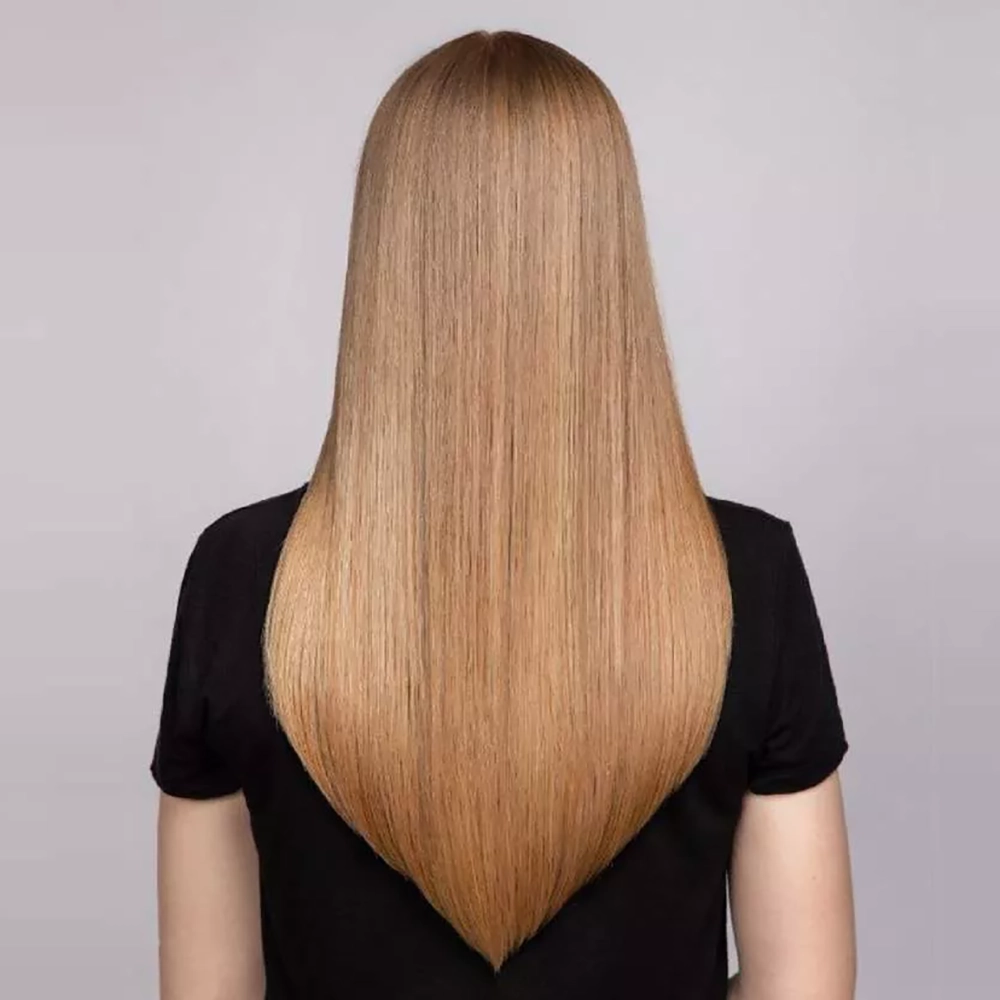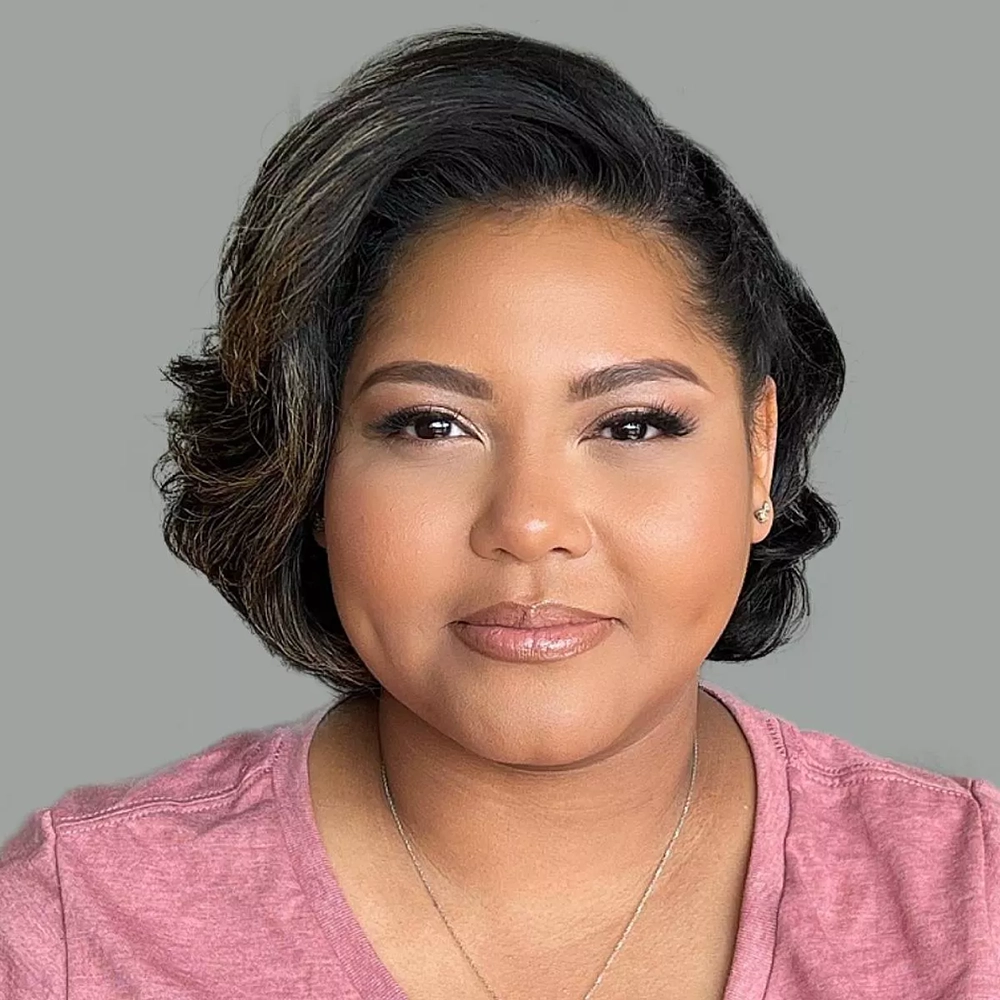How often should you trim long hair? When it comes to maintaining healthy and beautiful hair, regular trims play a crucial role. Many people underestimate the importance of getting their hair trimmed regularly, thinking that it will only result in shorter hair. However, this couldn’t be further from the truth. Trimming your hair regularly is essential for promoting hair growth, preventing split ends, and maintaining overall hair health.
Promoting Hair Growth
Contrary to popular belief, getting regular hair trims actually helps in stimulating hair growth. How is that possible? Well, when you trim your hair, you are removing the damaged and split ends that hinder healthy hair growth. By cutting off these split ends, the hair is able to grow without any obstructions, resulting in longer and stronger locks over time.
Preventing Split Ends
Split ends are a common hair problem that occurs when the hair shaft splits or breaks into two or more parts. Not only do split ends make your hair look dull and unhealthy, but they can also lead to further damage and breakage if left unattended. Regular trims are essential for preventing split ends as they remove the damaged portions of the hair before they have a chance to worsen. By getting rid of split ends on a timely basis, you can maintain the overall health and appearance of your long hair.
Maintaining Hair Health
Regular hair trims are key to maintaining the overall health of your hair. When you go for a trim, a professional hair stylist will not only cut off the split ends but also assess the condition of your hair. They can identify potential issues such as dryness, damage, or breakage and provide the necessary treatments or recommendations to keep your hair in top shape. Additionally, regular trims help to improve the texture and manageability of your long hair, making it easier to style and maintain between salon visits.
Conclusion
Understanding the importance of regular hair trims is essential for anyone looking to maintain healthy and beautiful long locks. Trimming your hair on a regular basis promotes hair growth, prevents split ends, and helps to maintain overall hair health. By prioritizing regular trims and seeking the guidance of a professional hair stylist, you can ensure that your long hair remains strong, vibrant, and free from common hair issues.
Determining the ideal frequency for trimming long hair
When it comes to maintaining long hair, one of the most important factors to consider is the frequency of hair trims. While regular trims are essential for keeping hair healthy and preventing split ends, determining the ideal frequency can be a bit challenging. There are several factors to take into account when deciding how often to trim long hair, such as hair type, hair goals, and overall hair health.
Hair Type: The frequency of trims can vary depending on your hair type. If you have fine hair, it may be more prone to breakage and split ends, so more frequent trims every 6-8 weeks may be necessary. On the other hand, if you have thick or coarse hair, you may be able to go longer between trims, around 10-12 weeks, as these hair types are generally more resilient.
Hair Goals: Another important factor to consider is your hair goals. If you’re trying to grow out your hair, it can be tempting to skip trims altogether. However, regular trims actually promote hair growth by removing split ends and preventing breakage. In this case, trimming your hair every 8-12 weeks can help you maintain healthy hair while still allowing it to grow.
Overall Hair Health: The condition of your hair plays a significant role in determining the frequency of trims. If your hair is damaged, brittle, or prone to split ends, more frequent trims every 4-6 weeks may be necessary to maintain its health. On the other hand, if your hair is in good condition and relatively healthy, you may be able to extend the time between trims to 8-12 weeks.
It’s worth noting that these recommendations are general guidelines, and it’s essential to listen to your hair and adjust the frequency of trims based on its specific needs. Regular trims are crucial for maintaining the overall health and appearance of long hair, so finding the ideal frequency for trimming is key. By considering your hair type, goals, and overall hair health, you can determine the best interval for trims and keep your long hair looking fabulous.
Factors to consider when deciding how often to trim long hair
When it comes to maintaining long hair, one of the most important factors to consider is how often to trim it. Regular trims are essential for keeping your long hair healthy, strong, and free from split ends. However, determining the ideal frequency for trimming long hair can be a bit tricky, as it depends on various factors.
Hair Texture and Type: The texture and type of your hair play a significant role in deciding how often you should trim it. If you have fine or thin hair, you may need to trim it more frequently, as these hair types are prone to breakage and split ends. On the other hand, if you have thick or coarse hair, you may be able to go longer between trims.
Length and Style: The length and style of your long hair also affect how often you should get it trimmed. If you prefer to keep your hair long and wear it down most of the time, regular trims every 8-12 weeks are recommended to maintain its health and prevent split ends.
| Factors to Consider | Recommended Frequency for Trimming |
|---|---|
| Hair Texture and Type | Every 6-12 weeks |
| Length and Style | Every 8-12 weeks |
| Hair Health | Every 6-8 weeks |
Hair Health: The overall health of your hair is another crucial factor to consider. If your hair is damaged, dry, or prone to split ends, more frequent trims every 6-8 weeks may be necessary to remove the damaged ends and promote healthy growth. Regular trims help prevent split ends from traveling up the hair shaft and causing further damage.
In conclusion, when deciding how often to trim your long hair, it’s essential to consider factors such as hair texture and type, length and style, and hair health. Keep in mind that these are general recommendations, and individual hair needs may vary. Regular trims will help keep your long hair looking its best and prevent the need for more significant cuts in the future.
Expert recommendations for maintaining healthy long hair
When it comes to maintaining long hair, it is important to follow expert recommendations to ensure its health and vitality. Long hair requires special care and attention, as it is more prone to damage and split ends. By following these recommendations, you can keep your long locks looking beautiful and healthy.
1. Regular Trims: One of the key recommendations from experts is to get regular trims. While it may seem counterintuitive to cut your hair in order to maintain its length, regular trims actually help in preventing split ends and breakage. Aim to get a trim every 6-8 weeks to keep your hair ends healthy and free from damage.
2. Use the Right Tools: Another important recommendation is to use the right tools for your long hair. Invest in a wide-toothed comb or a brush specifically designed for long hair. Avoid using harsh styling tools or brushes with sharp bristles, as they can cause breakage and damage. Use a detangling spray or serum to help ease out knots and tangles gently.
3. Protect Your Hair: Protecting your long hair from external factors is crucial for its health. This includes avoiding excessive heat styling, such as blow-drying or using curling irons, as it can lead to dryness and breakage. When using heat styling tools, always apply a heat protectant spray to minimize damage. Additionally, protect your hair from UV rays by wearing a hat or applying a leave-in conditioner with SPF before going out in the sun.
4. Maintain a Healthy Diet: Your diet plays a significant role in the health of your hair. Make sure to include foods rich in protein, vitamins, and minerals, such as lean meats, fish, fruits, and vegetables. Incorporating foods like eggs, nuts, and avocados can provide essential nutrients for hair growth and strength. Additionally, staying hydrated by drinking enough water helps in maintaining hair health.
5. Deep Conditioning: To keep your long hair healthy and nourished, incorporate deep conditioning treatments into your hair care routine. Opt for a deep conditioning hair mask once a week to provide intense hydration and nourishment. Look for masks that contain ingredients like Argan oil, shea butter, or keratin, which help in restoring moisture and repairing damage.
By following these expert recommendations, you can effectively maintain the health and vitality of your long hair. Remember to stay consistent with your hair care routine, and your tresses will thank you with their gorgeousness!
How frequent hair trims promote hair growth and prevent split ends
Regular hair trims are not just a matter of aesthetic preference, they also play a vital role in promoting healthy hair growth and preventing split ends. Split ends occur when the hair shaft becomes damaged and begins to fray, resulting in frizz and breakage. By trimming the hair regularly, you can remove these damaged ends and create a healthier environment for your hair to grow.
One key factor to consider when deciding how frequently to trim your hair is its length. Longer hair tends to be more prone to split ends due to its age and exposure to environmental stressors. Therefore, it is generally recommended that individuals with long hair schedule trims every 8-12 weeks. This timeframe allows for enough growth to occur while still preventing the split ends from worsening. However, it’s important to adjust this timeframe based on your hair type and individual needs.
Another factor to consider is the overall condition of your hair. If you notice that your hair is more prone to breakage or split ends, it may be beneficial to trim it more frequently. Additionally, factors such as heat styling, chemical treatments, and excessive sun exposure can contribute to hair damage and necessitate more regular trims. Consult with a hair care professional to determine the ideal frequency for your specific hair needs.
Trimming your hair regularly not only promotes healthy growth and prevents split ends but also helps to maintain a more polished and put-together appearance. By getting rid of damaged ends, you can achieve a smoother look that enhances the overall beauty of your hair. So don’t neglect the importance of frequent trims as part of your hair care routine.
Signs that indicate it’s time for a trim
Regular hair trims are essential for maintaining healthy long hair. While determining the ideal frequency for trimming long hair can vary depending on individual factors, there are certain signs that indicate it’s time for a trim. Ignoring these signs can lead to damage, breakage, and hinder hair growth. In this blog post, we will discuss the various signs that indicate when it’s time for a trim and why it’s important to pay attention to these signs.
1. Split Ends: One of the most obvious signs that indicate the need for a trim is the presence of split ends. Split ends occur when the protective outer layer of the hair shaft begins to break down, resulting in the splitting of the hair strand. If you notice frayed or split ends, it’s time to schedule a trim. Ignoring split ends can cause them to travel up the hair shaft, leading to more damage and breakage.
2. Lack of Shine: Healthy hair has a natural shine to it. If your long hair is lacking luster and appears dull and lifeless, it could be a sign that it’s time for a trim. Split ends and damage can prevent light from reflecting off the hair, resulting in a lack of shine. Regular trims help to remove dull and damaged ends, allowing your hair to regain its natural shine.
3. Tangled and Difficult to Manage: Long hair is prone to tangling, but if you find that your hair is constantly tangled and difficult to manage, it may be a sign that you need a trim. Split ends and damaged hair can cause knots and tangles that are hard to untangle, leading to further breakage and damage. Getting rid of these damaged ends through regular trims can make your hair easier to manage and style.
4. Lack of Growth: If you feel like your hair has stopped growing or the length has plateaued, it could be due to the lack of regular trims. Split ends and breakage can hinder hair growth and make it appear as if your hair is not growing. By getting rid of damaged ends, you are promoting healthier hair growth and allowing your hair to reach its full potential.
| Signs that indicate it’s time for a trim: |
|---|
| Split ends |
| Lack of shine |
| Tangled and difficult to manage hair |
| Lack of growth |
Overall, paying attention to these signs can help you determine when it’s time for a trim. Regular trims not only promote healthy hair growth but also prevent further damage and breakage. Remember to consult with a hair care professional for expert recommendations on the ideal frequency for trimming long hair based on your specific hair type and needs.
Simple tips for maintaining your long hair between trims
Maintaining long hair can be a challenging task, especially when you are trying to extend the time between trims. However, with the right care and attention, you can keep your long locks looking healthy and beautiful. Here are some simple tips to help you maintain your long hair between trims:
1. Regularly brush your hair: Brushing your hair daily helps distribute natural oils from the scalp to the ends, preventing the hair from becoming dry and brittle. Use a wide-toothed comb or a brush with natural bristles to avoid causing damage or breakage.
2. Protect your hair from heat: Heat styling tools can be detrimental to the health of your hair. Whenever possible, try to minimize the use of blow dryers, curling irons, and straighteners. If you must use them, apply a heat protectant spray beforehand to reduce damage.
3. Use the right hair products: Choose hair products that are specifically designed for your long hair type. Look for shampoos and conditioners that provide moisture, strength, and protection. Avoid products containing harsh chemicals or sulfates, as they can strip your hair of its natural oils.
4. Tie your hair up gently: When tying your hair up, use gentle hair ties or scrunchies that won’t pull or snag your hair. Avoid tight hairstyles that cause tension, as they can lead to breakage or damage in the long run. Opt for loose braids or buns to keep your hair secure without causing stress.
5. Protect your hair while sleeping: Invest in a silk or satin pillowcase to reduce friction and prevent hair breakage while you sleep. Alternatively, you can wrap your hair in a silk scarf or bonnet to keep it protected and tangle-free.
6. Limit the use of hair accessories: While hair accessories can add flair to your long hair, overusing them can cause damage. Avoid using tight clips, rubber bands, or metal accessories that can pull or snag your hair. Opt for soft and flexible hair accessories instead to minimize the risk of breakage.
7. Trim split ends when necessary: Although the focus of this blog post is maintaining long hair between trims, it’s essential to trim split ends when necessary. Split ends can travel up the hair shaft, causing more significant damage. Regular trims help maintain the overall health and appearance of your long locks.
By following these simple tips, you can ensure that your long hair stays in excellent condition between trims. Remember, a little extra care and attention can go a long way in keeping your strands healthy, strong, and beautiful.




































